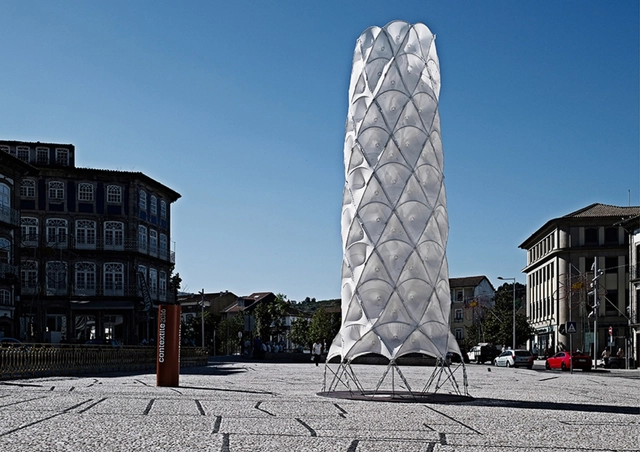
The UIA World Congress of Architects 2023 is an invitation for architects from around the world to meet in Copenhagen July 2 – 6 to explore and communicate how architecture influences all 17 UN Sustainable Development Goals (SDGs). For more than two years, the Science Track and its international Scientific Committee have been analyzing the various ways in which architecture responds to the SDGs. The work has resulted in the formulation of six science panels: design for Climate Adaptation, design for Rethinking Resources, design for Resilient Communities, design for Health, design for Inclusivity, and design for Partnerships for Change. An international call for papers was sent out in 2022 and 296 of more than 750 submissions have been invited to present at the UIA World Congress of Architects 2023 in Copenhagen. ArchDaily is collaborating with the UIA to share articles pertaining to the six themes to prepare for the opening of the Congress.
In this first feature, we met with the Head of the Scientific Committee Mette Ramsgaard Thomsen, Professor and Head of the CITA (Centre for IT and Architecture), Royal Danish Academy of Fine Arts, School of Architecture, Design and Conservation who is also co-chairing the panel design for Rethinking Resources with Carlo Ratti, Professor and Director of the Senseable Lab, MIT, Founding Partner of CRA-Carlo Ratti Associati.

























